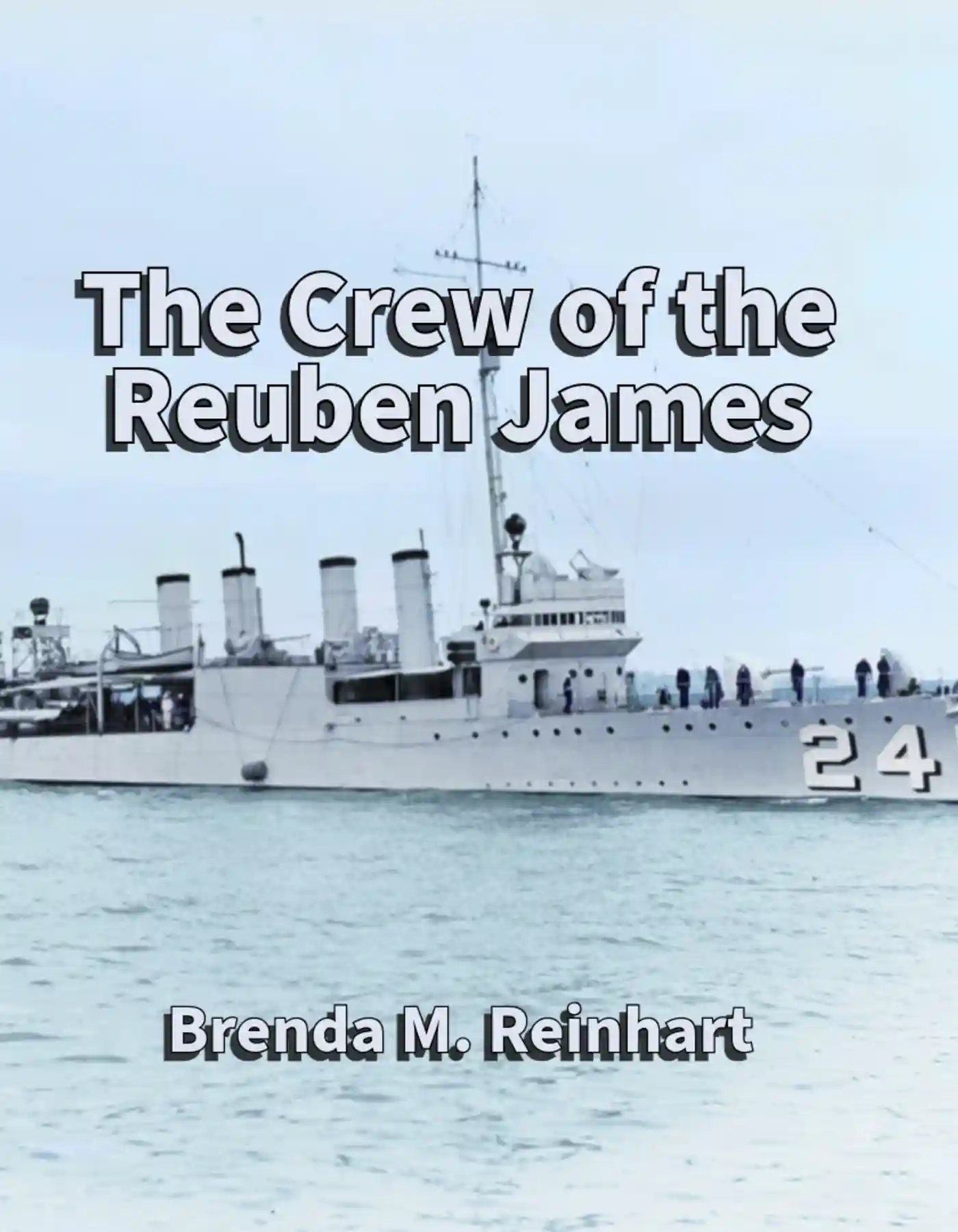

The First To Die In World War II
Battle of the Atlantic
The first members of the United States military killed by enemy action in World War II was not at Pearl Harbor but in the Battle of the Atlantic (September 1, 1939 – May 7, 1945). The United States Navy by late April 1941 escorted convoys in the North Atlantic that carried vast quantities of food and war materials under the “cash and carry” provision of the 1941 Lend-Lease Act to Great Britain. These convoys provided a crucial lifeline for Great Britain. However, German Navy U-boats prowled the waters of the North Atlantic hunting for convoys and ships to sink to cut-off the lifeline. On September 4, 1941, a German U-boat dared to attack the U.S. Navy Greer (Destroyer No. 145) carrying mail and passengers to the new American base at Argentia, Newfoundland. The attack on the Greer was clearly a neutrality violation.
President Roosevelt on the evening of September 11, 1941, from the White House gave a fire side chat on the Freedom of the Seas. The audio of this speech is at www.fdrlibrary.org/utterancesfdr He announced to the American people the attack on the U.S. Naval destroyer Greer on September 4th, by a German submarine and chronicled the attacks to date by the Nazis on American merchant vessels. He warned the Germans and Italians that Americans would defend themselves. The U.S. Navy was ready to carry out this “shoot on sight” order for any vessel threatening American shipping or ships under Navy escort.
U.S.S. Kearny (DD-432)
The German submarine U-568 fired a spread of three torpedoes at the U.S.S. Kearny (DD-432) and the middle torpedo struck at about 0010 hours on October 17, 1941. The following eleven members of the U.S. Navy became the first to die by enemy action in World War II.
Fireman First Class George Alexander Calvert from Gillespie, Maucoupin County, Illinois.
Ship’s Cook First Class Floyd Andrew Camp from Durant, Bryan County, Oklahoma.
Water Tender First Class Luther Asle Curtis from Tiffin, Seneca County, Ohio.
Water Tender Second Class Louis Dobnikar from Cleveland, Cuyahoga County, Ohio.
Water Tender First Class Herman August Charles Gajeway from Troy, Rensselaer County, New York.
Pharmacist’s Mate Second Class Lloyd Dalton Lafleur from Beaumont, Jefferson Conty, Texas.
Fireman First Class Sidney Gerald Larriviere from Youngsville, Lafayette Parish, Louisiana.
Seaman Second Class Dwight Floyd Pyle from Bainbridge, Decatur County, Georgia.
Fireman First Class Iral William Stoltz from Spangler, Cambria County, Pennsylvania.
Fireman Third Class Russell Burdick Wade from Houston, Winston County, Alabama.
Machinist Mate Second Class Harry Tull Young from Reader, Ouachita County, Arkansas.
Reuben James (DD-256)
The loss of the eleven sailors on the Kearny was soon overshadowed by the sinking of the Reuben James I (DD-245) on October 31, 1941, by a German submarine with a loss of seven officers and 94 enlisted men. The Reuben James was the first U.S. Navy ship sunk by enemy action during World War II. Lieutenant Commander Heywood Lane Edwards, the Commanding Officer, was from San Saba, San Saba County, Texas.
December 7, 1941, Pearl Harbor
Just weeks later the Japanese attacked Pearl Harbor on December 7, 1941, and killed a total of 2,403 personnel: 2,008 Navy, 109 Marines, 218 Army and 68 civilians. The United States of America declared war on Japan on December 8, 1941, on Germany and Italy on December 11, 1941, and entered World War II.
 Contact
Contact Search
Search Register
Register Cart
Cart

 Mail Us
Mail Us Email Us
Email Us